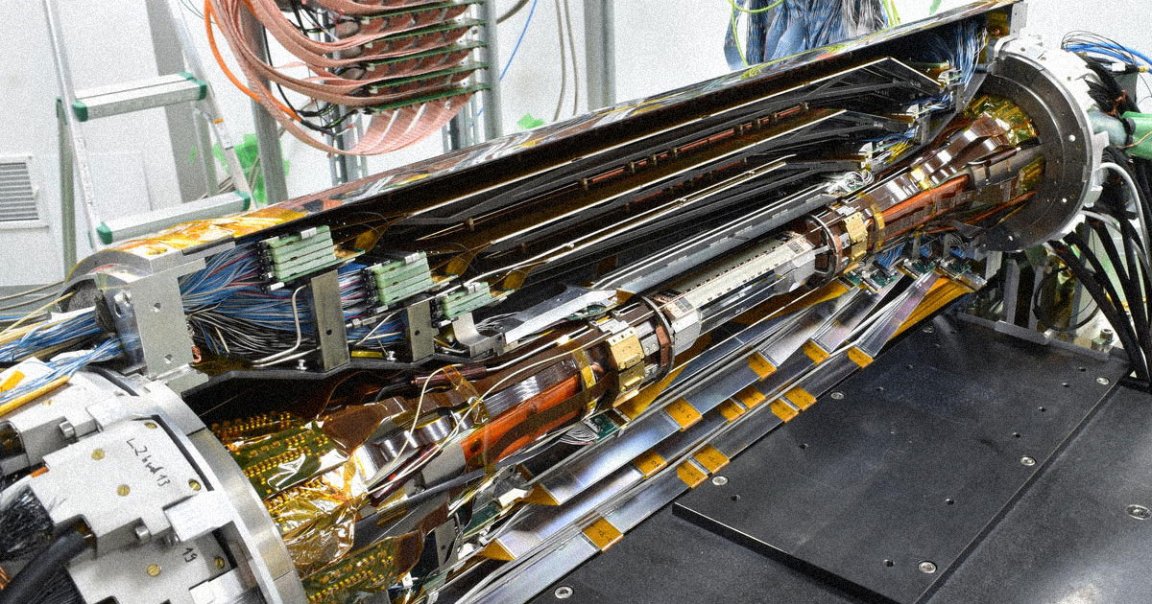
Happy Anniversary
After a year of experimentation at Japan’s SuperKEKB particle accelerator, physicists say they’re getting close to finding a theorized but yet-undiscovered elementary particle.
The team, a group of scientists from 12 German institutes and universities, is on the hunt for the Z’ boson — pronounced “Z prime” — a subatomic particle that would help explain why the universe has inequal amounts of matter, dark matter, and antimatter scattered about. They haven’t found it yet, according to a Max Planck Society press release, but new findings after that year of work brought them closer.
Closing In
Their experiment, dubbed Belle II, involves colliding electrons and positrons — their antimatter counterpart — together. Physicists suspect that’s the way to generate the Z’ boson.
They haven’t directly observed any of the elusive particle over the course of the last year. But their findings, published Monday in the journal Physical Review Letters, have vastly tightened scientists’ understanding of the boson and how it would behave, making it more likely they’ll spot it in the future.
Learning Curve
As the Belle II experiment continues to run, the scientists are working on continuously improving the rate at which electrons and positrons actually run into each other, each collision giving them a burst of data to analyze and further refine the process.
“Despite the still small amount of data, we can now make measurements that have never been done before,” Thomas Kuhr, a Ludwig Maximilian University physicist, said in the release.
READ MORE: Belle II yields the first results: In search of the Z′ boson [Max Planck Society]
More on particle physics: Vast New Particle Accelerator Would Dwarf Large Hadron Collider